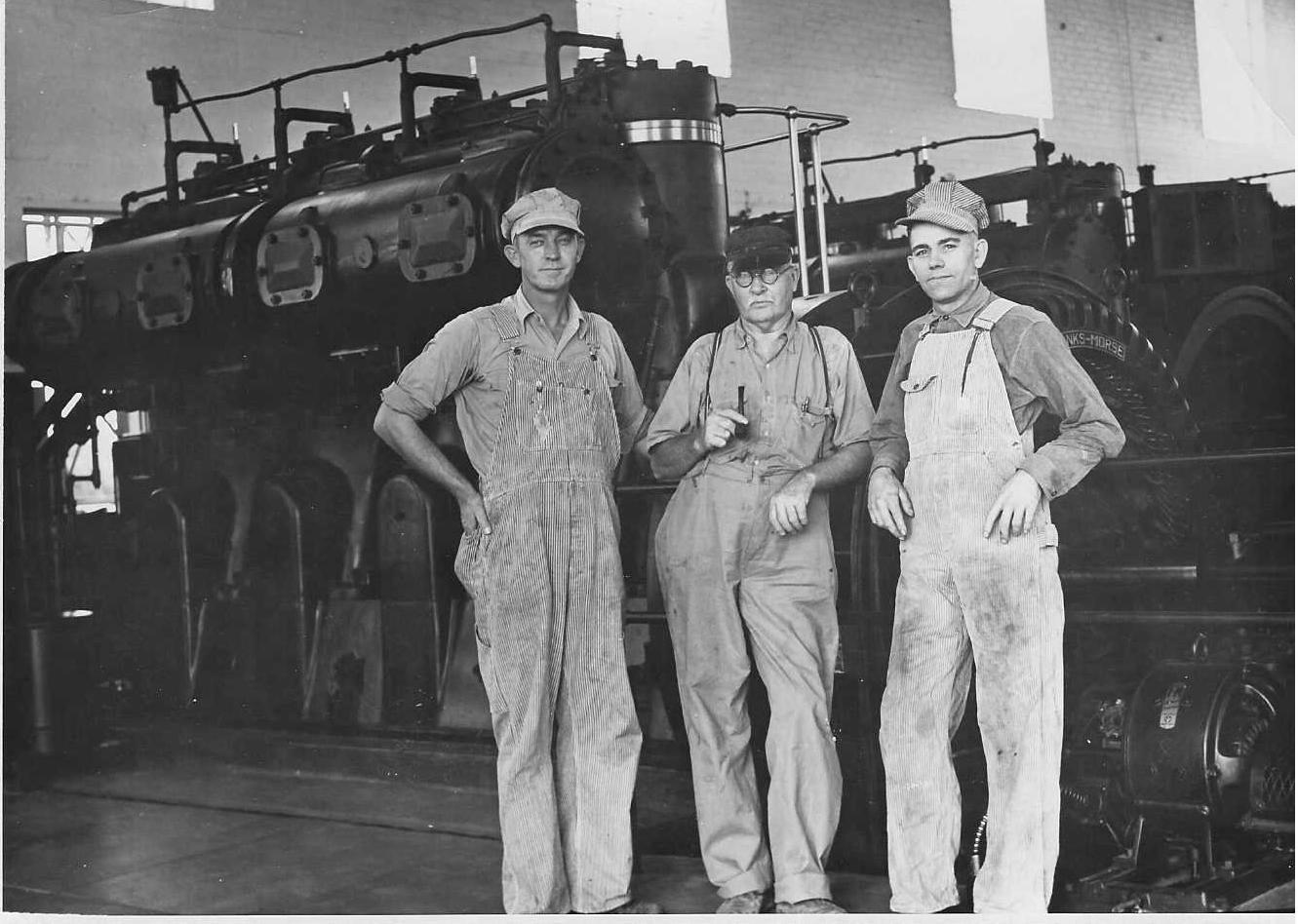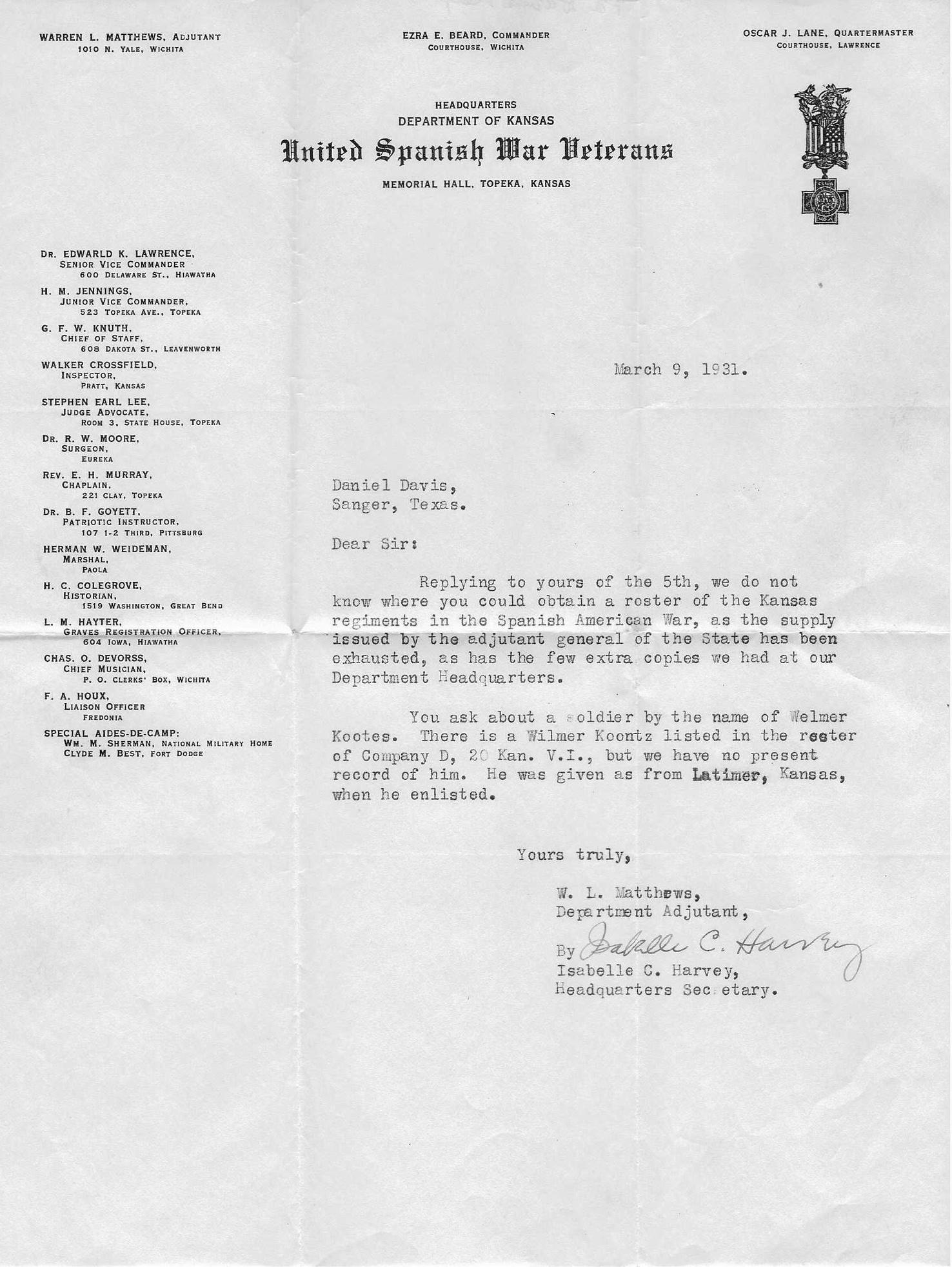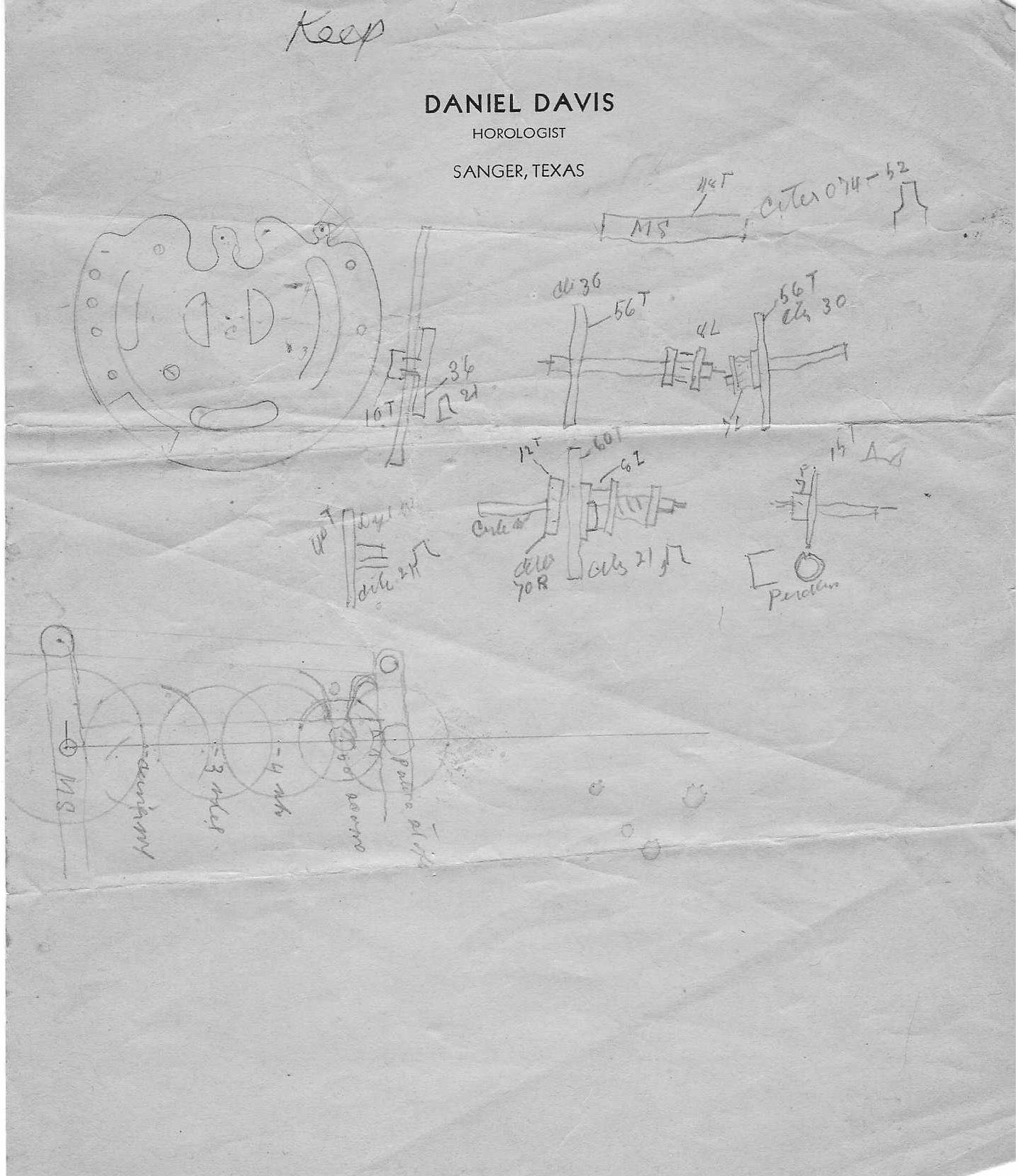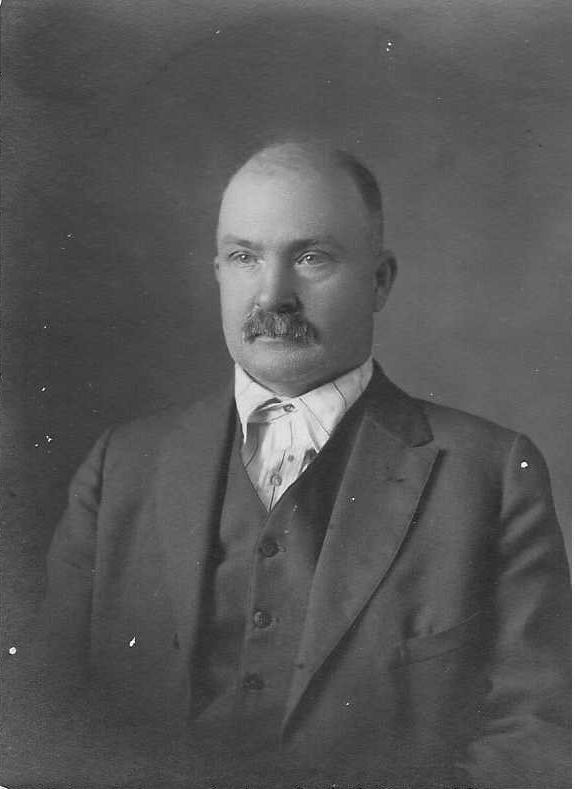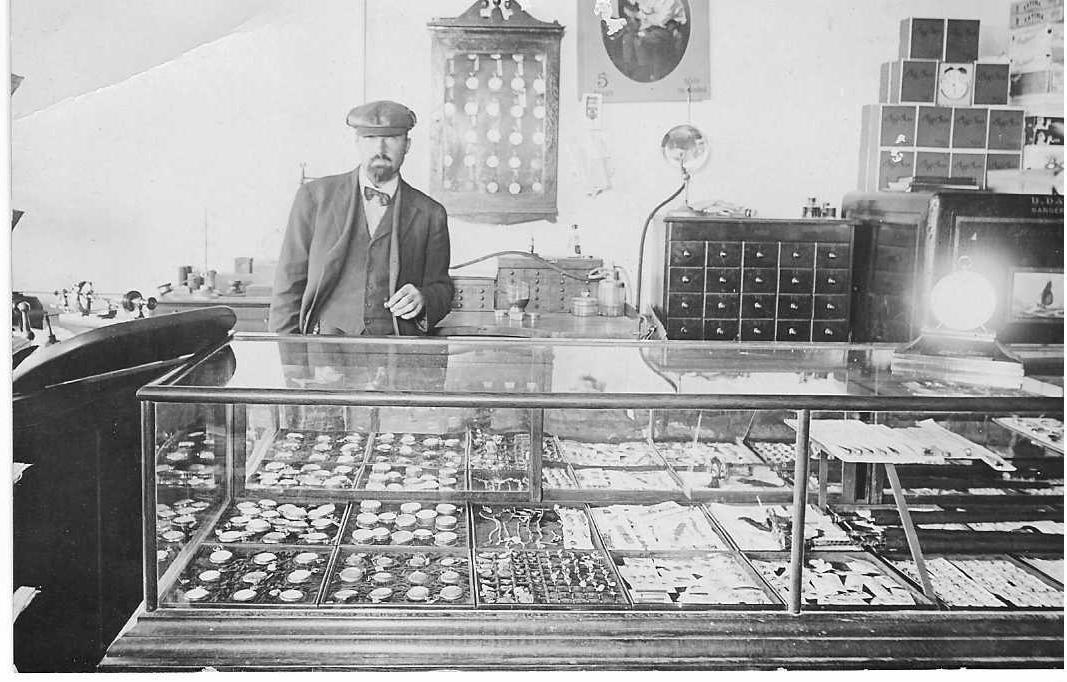
4 minute read
DAN DAVIS”
By Sanger Area Historical Society and Museum (interview by Eunice Sullivan Gray of Ruby Davis Cherry)
The late 1880s brought much to the newly formed 1886 community of Sanger, Texas New people arrived in the community with ideas of building and showing progress in the area by opening businesses, churches, a school, a post office, and a government of the people for the newly formed town Many of these transplanted folks were to be instrumental in building Sanger.Theycamefrombothlocalareasandout-of-state.
Dan Davis came to Sanger from Illinois in December 1902 An early Sanger resident, Barlow Everly, remembered Davis arriving on the Santa Fe train He was called “dapper” as he wore a black derby hat, a Van Dyke beard, carried an umbrella, and wore gloves. This was quite a sensation for the citizens of Sanger, who witnessed this young man’s arrival. Davis walked south of Bolivar Street to the west and back easterly on the north side, viewing the small community's businesses and perhaps allowing himself to be viewed
Davis was a locomotive and stationary engineer by profession who was to become a jeweler, watch repairman, and part-time stationary engineer. He rented a room at Mrs. Howard’s boarding house He married Lizzie Ledbetter Thatcher She was the widow of Frank Thatcher, who had built two major industries in Sanger and died in 1904. Davis and his wife had one child, Ruby Davis. Ruby married Lockett Cherry, and their daughter was Lona Joyce Snellgrove
Davis was a genial Yankee gentleman who purchased Charlie Henderson’s interest in the waterworks business With his mechanical ability, he kept the town of Sanger supplied with water. He also operated his jewelry store and watch repair shop, first in the back of Bower’s Drugstore and later in Kay’s Drugstore
Davis studied engineering and worked for the Denver Great Smelting Company. He later volunteered for the Spanish American War and spent time in the Philippines
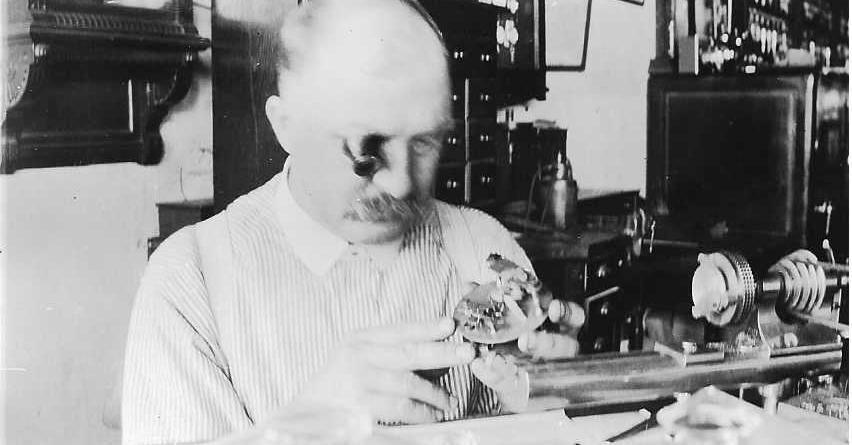
In 1902 Sanger had 900 residents Dr Bower’s Drugstore was located in the building recently known as the Bolivar Street BBQ. The Bert Jones, Happy Hour Theater was later located in this building. Davis eventually moved to the Sanger Pharmacy Building owned by Dr. J.C. RicewhichlaterwastobecomeKay’sandSullivan’sDrugstore.
Davis gained the confidence of the people of Sanger and could buy anything he wished on credit His importance to the community increased, and the Sanger Courier wrote in 1909 that a man couldn’t do anything in Sanger without seeing Dan Davis about it first. He helped the owner of the Sanger Courier when assistance was needed in getting more advertising for an issue of the paper. He manufactured a piece for a Linotype machine so the paper could go to press His jewelry business became a thriving business for jewelers across the United Statesashecouldrepairthefinestforeign-madeclocksthattheirclientelehadinvestedin.
Thatcher (Davis’ wife’s first husband) and Charlie Henderson first owned a shallow water windmill pump and a Fairbanks pumping engine. Once the main line was enlarged in the town, a 15-horsepower Stover engine was installed, and an 8 x 8 Ingersol air compressor with a Myers Bulldog pump was placed in the water system This was in 1908, and in 1910 the old wooden water tower fell and was replaced with a steel and wooden tank. The tank held 900 bbl. and was located on the Davis lot on the southeast corner of 4th and Locust Streets. It was stated that the bottom of the tank was four feet higher than the highest point in Sanger. Until recently, the top of this well could be viewed from the street behind the home of Lona JoyceSnellgrove’shome.
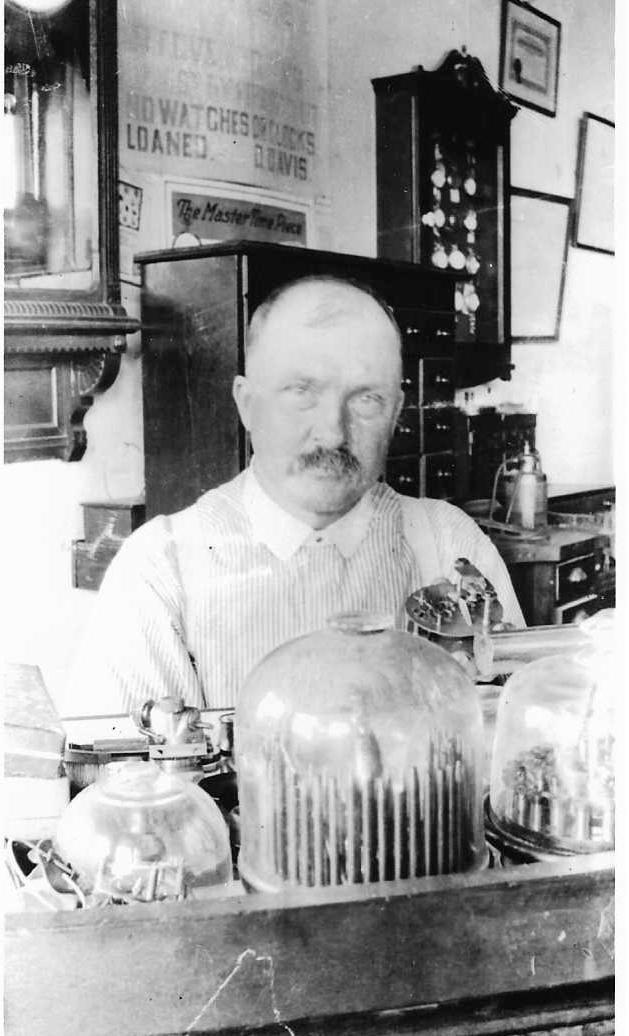
In 1919, the engine room was destroyed by fire, and new equipment was installed to a capacity of 23,000 gallons a day. Ruby Cherry, the daughter of Dan Davis, was quoted as saying, “we had to wait for the tank to fill before we could go for a ride in our Model T.”
1921 brought a new engine house at the cost of $1,500, and other improvements were to follow. The entire Sanger community was covered with 81,000 feet of mains for Sanger’s 1,500 inhabitants.
Davis and Calvin Dodson installed Sanger’s first light plant at the corner of Locust and 2nd Streets. J.M. Stratton introduced acetylene gas lighting to Sanger in 1910 and was a relief to those who could afford to be relieved of using kerosene lamps. This new system was not without fault, though, as Dr Rob Chambers was quoted saying sermons were sometimes halted while one of the deacons went to investigate what had plunged the auditorium into darkness. For a few years, Sanger returned to kerosene lamps, but 40 years later, a young man named Thomas Edison made his first public exhibition of a new phenomenon, and electric lights came to Sanger The light plant was sold to Claude Brown, and in 1924, the City of Sanger took over and put in the present water, sewer, and light systems.
Davis’ daughter, Ruby Davis Cherry, talked about the early days of Dr Rice’s medical practice of traveling the country roads to minister to patients’ illnesses. Dr. Rice had purchased a motor buggy to arrive in Sanger in 1909 and paid $650.
It was impractical, so he sold it to Dan Davis as the buggy didn’t hold up to the roads, and Dr. Rice went back to riding his horse. The following year he purchased his first automobile. This motor buggy had no top over the back seat, the seat had no springs in it, and it folded up when not in use Ruby described how many people in Sanger had memories of getting a ride in this unique motor buggy
Davis and Emmett Kirkland were the first to make radios in Sanger. Emmett finished first because Dan had to rewind the coil on his device. Bessie Kirkland (sister of Emmett) helped Dan wind the coil by hand. D.H. Minick was the next man in Sanger to make his radio
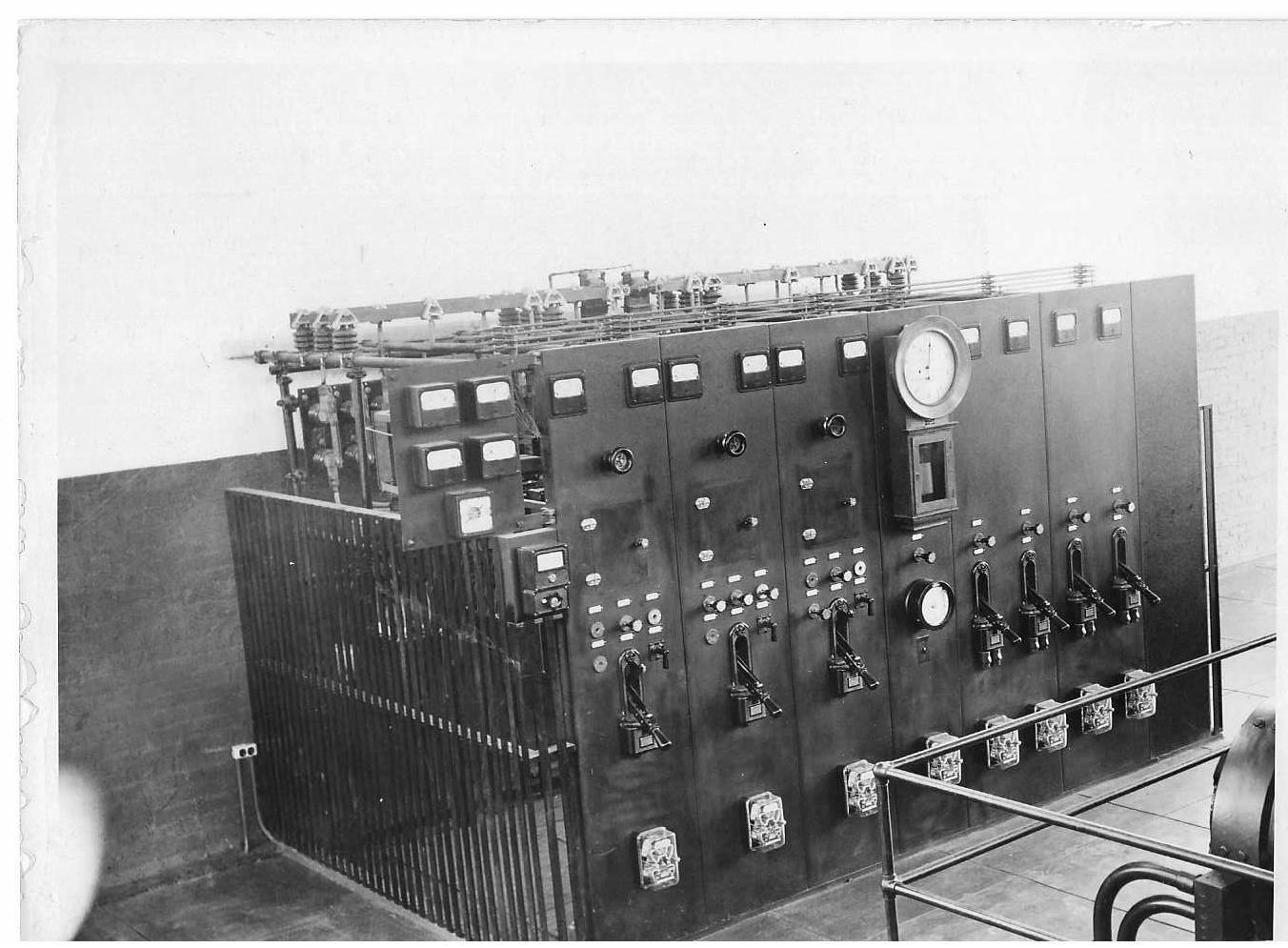
Dan Davis was a unique man, and Sanger was fortunate to have this fine citizen who helped the community advance in its growing years.
